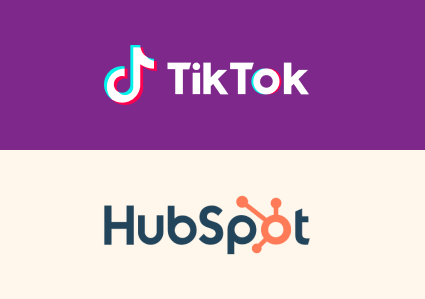Today we want to talk to you about how to implement Marketing Cloud in your company and the main points to consider when you start working with Marketing Cloud. In a quick way, we are going to explain the aspects that the person who is going to manage the tool should consider: from the information that should be provided to it, to the security parameters that come preset.

Requirements needed to start using Marketing Cloud
When we are going to start working with Marketing Cloud, there are a series of requirements that we must complete and important points to take into account. Mainly, because the platform needs information from the company that we must fill in before venturing to send emails, push and work with all the tools it offers.
Regulation
Marketing Cloud is governed by two laws for sending commercial emails:
-
CAM SPAM: it is the standard law that regulates unwanted email established as standard in the United States.
-
GDPR: it operates at a European level and is the General Data Protection Regulation.
Data to fill in
Company data
When acquiring Marketing Cloud, the first thing to will fill in are the main data of the company. That is: name, street, city, state, zip code, and country.
Sender Profile
We also have to define the ‘Sender Profile’, because it serves the function of differentiating the name and email address from where the email comes out. If we want one type of email to be sent from notifications@example.com and another type of email from promotions@example.com, this is where we configure these emails. All this is managed from the Marketing Cloud settings.
Send Classification
We also have a ‘Send Classification’ section. It is used to define the type of message that reaches the customer. There are 2 types that come predefined: commercial and transactional. A specific way to define emails is as transactional, that is, as shipments that are made to a recipient in response to a commercial transaction; or as something requested by the individual. Thus, the commercial is sent massively, as occurs in the cases of promotions, new product offers, etc.
Reply address
The reply email address is configured in case customers reply to the email, because Marketing Cloud can process an automatic response or forward the message in case it requires a personal review. These are the functions that Reply Mail Management fulfills.
Header y Footer
Another of the settings to take into account in Marketing Cloud are the Header and Footer. In the case of the MC Footer, it has an established format with the aim of complying with CAN-SPAM regulations. All emails must carry the following information in their Footer: link to any customer profile center, the link to the unsubscribe service, company name, physical address of the company, city location of the company, state location, zip code and country of the company.
There are companies that prefer to customize it by adding more information, conditions, etc; we can do this in the same section by simply modifying the code (using HTML).

Tool Users
The next step is to define the tool users and the function they will fulfill within the tool. For this, we have the main profiles: Administrator, Content Creator, Data Manager and Analyst.
Session Security
When we enter the security topic, we have the section of User Session Settings. For this section, we have guidelines that are configured in Marketing Cloud to ensure session security. Among them:
-
Usually, the session expires after 20 minutes of inactivity.
-
If you incorrectly enter the password 3 times, the session will be blocked.
-
The password change is made every 90 days.
We also have Password Policies, as the main policies come predefined. Here we have some of them:
-
At least eight characters, including an alphabetic character and a number.
-
There is a security question and this cannot be the password.
-
When users change their password they cannot use the last three they have already used.
Subscriber Management
And it is also very important to start Subscriber Management. We can define subscribers as the main list of records for the Marketing Cloud account. The first thing we need to know is what is going to feed this database and with what kind of information; and, depending on this, the segmentations will be created to impact our target audience.
Definition of Templates
Templates is another aspect to take into account when creating the account in Marketing Cloud, as logos, corporate colors, corporate fonts, image bank and everything required to create the email will be needed. It is necessary to analyze whether the templates provided by Marketing Cloud would be used, or there would be a team that would develop them using HTML.
The Importance of Following the Rules
This is a summary of the starting point to manage our Marketing Cloud mailings, whatever the modules we are going to work with. The points outlined in this article are the first steps that we must take into account.
Many of these sections can be modified according to the client’s requirement, but always following the rules. For example, in the case of the Footer we can add information, some sectors include along with the Footer a warning text such as ‘this company will never ask for personal information via email’ or similar.
In the security of the sessions, the expiration time of the session can be increased, but it must be taken into account that this change will affect all users; we can also make the password change take place every more or less time than indicated, that is, the tool gives us the freedom to make certain changes; but we must always take into account the recommendations.
If you liked this article, you might also be interested in:



